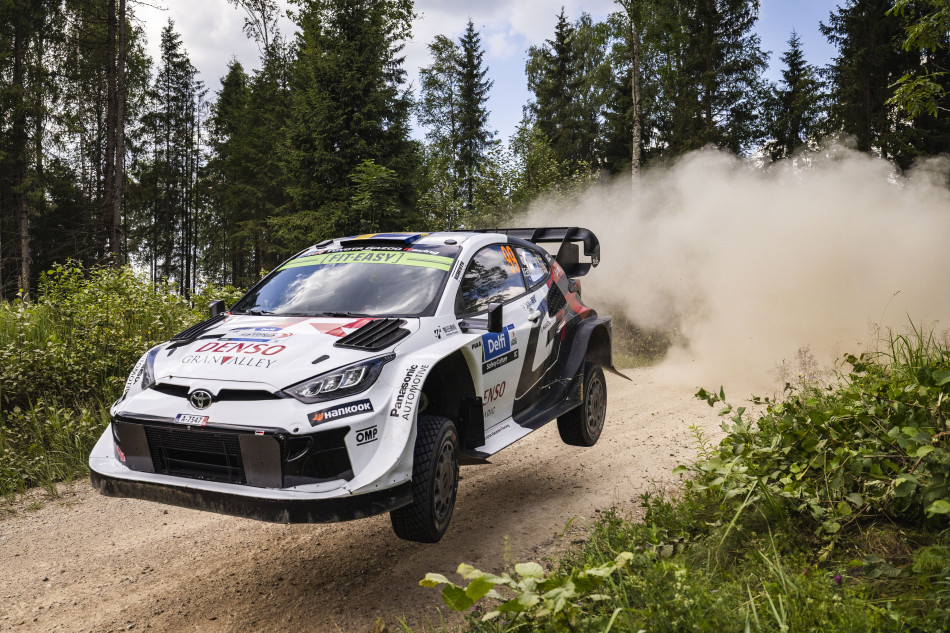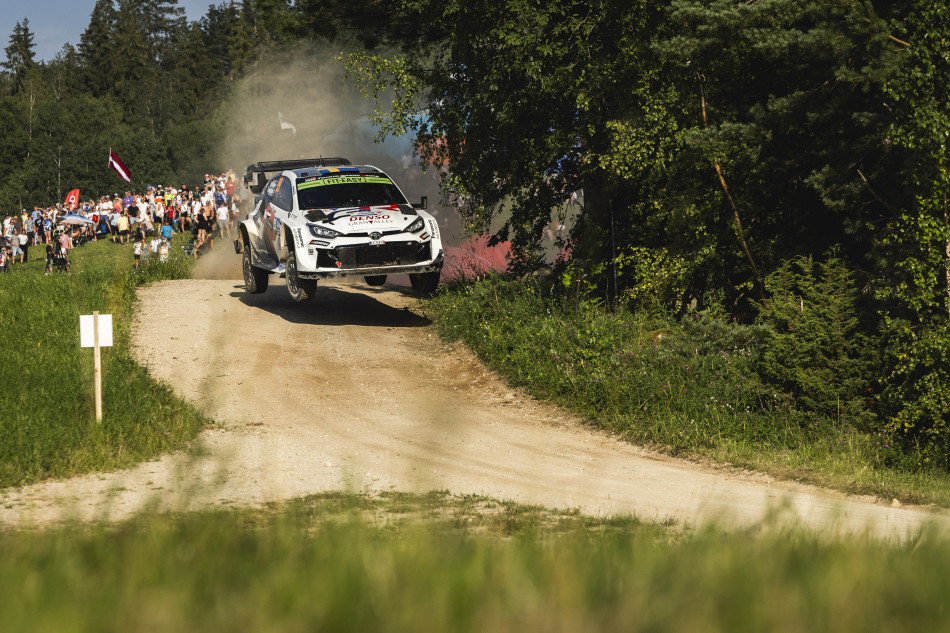
GPUpdate.net continues its end-of-year review with Ferrari, which emerged as a title contender after a long drought, spearheaded by Sebastian Vettel, before its charge hit the buffers through the flyaways.
Ferrari: 8.5/10
Championship: 2nd
WCC points: 522
Best race: 1st (5 x VET)
Best qualifying: 1st (4 x VET, 1 x RAI)
Fastest laps: 7 (5 x VET, 2 x RAI)
Qualifying duel: VET 15 – 5 RAI

Ferrari’s year-on-year progress was as unexpected as it was welcome; previous pre-season deception caused hesitation, but it out-raced and out-gunned Mercedes in Australia, underlying its credentials. Ferrari’s SF70-H proved to be a more consistent package early on as Mercedes grappled with its W08, and was especially rapid on high-downforce venues without long straights. Silverstone form – in which Mercedes’ pace pushed it into a tyre-breaking scenario – cast a foreboding tone, and after the summer break the narrative shifted. Reliability issues proved crucial across Malaysia and Japan, but strong pace – peaking with Brazil win – demonstrated that, for once, Ferrari kept pace in the development battle. This was a year with mixed emotions – it was back in the hunt, but missed opportunities will be felt; had the stars aligned, Ferrari could have conceivably won a double-digit number of races. Moreover, it cannot expect its lead driver to make two huge misjudgements at crucial moments. If Ferrari can round a few rough edges, tinker with reliability – and ensure its drivers are error-free – then there’s no reason why its revival cannot continue.
Sebastian Vettel: 8.5/10
Championship: 2nd
WDC points: 317
Best R result: 1st (5x)
Best Q result: 1st (4x)

Equipped with a title-contending car for the first time since 2013, Vettel made the most of Ferrari’s able SF70-H early on, triumphing in Australia, Bahrain and Monaco, and finishing second elsewhere, to amass a 25-point title advantage. Vettel recovered strongly from first-lap drama in Canada but his actions in Azerbaijan – staggeringly swiping Hamilton’s car – landed him in hot water. It acted as a major black mark against his reputation, and many felt him fortunate not to have received a greater penalty. A subdued Silverstone display, accentuated by late tyre drama, followed, while he battled a steering issue to triumph in Hungary, assisted by the subservient Kimi Räikkönen. Vettel was out-duelled by Hamilton in Belgium, while Ferrari’s lacklustre home display turned the tables heading to Singapore. Vettel’s pole lap was mesmerizingly brilliant, but his misjudgement off the line proved crucial. Reliability dramas in Malaysia/Japan ended his realistic hopes, while scruffy approach to Mexico start was the nail in the coffin. Rallying Brazil win, and incisive move on Valtteri Bottas, was much needed. Vettel was largely brilliant in 2017, but needed to be perfect to win the title, and two errors at vital moments – costing a net 40-50 points – changed the narrative of the year. He cracked, while Hamilton did not.
High point: Classy performance to win in Bahrain
Low point: Reputation-denting moment of madness in Azerbaijan
Kimi Räikkönen: 7.5/10
Championship: 4th
WDC points: 205
Best R result: 2nd (2x)
Best Q result: 1st (1x)

Long gone are the days where Räikkönen is considered a genuine title contender, cast into the shadows as Vettel’s support. There was nothing truly disheartening about Räikkönen’s campaign, just that it was merely satisfactory. There were a couple of stand out moments, none more so than his Monaco pole position, and his deeply vexed reaction at missing victory demonstrated that the fire still burns, contrary to the lazy stereotypes. Nonetheless, while Ferrari handed an opportunity to Vettel in that race, it was Räikkönen whose in and out laps, and immediate post-stop pace, were not good enough. Räikkönen was unfortunate to become embroiled in the Singapore start clash, while Ferrari’s strong Sepang pace went unrewarded after a reconnaissance lap turbo issue. But 2017 was all about averages. Räikkönen all too often failed to make the necessary step in Q3, lining up a row behind Vettel, thus setting the platform for a race in which he started on the back foot or was left lumbered with the inferior strategy, Austria being a prime example. Vettel took 13 front-row starts, Räikkönen only five. Räikkönen often talked about “small things” proving crucial in 2017, and he was correct, but there’s little evidence to suggest they can be sufficiently addressed in the future.
High point: Stellar Monaco pole lap
Low point: Low-key Canada showing, accentuated by brake issue
Statistics
Average qualifying gap: 0.276s (in Vettel’s favour)
Biggest qualifying gap: 0.750s to Vettel in Mexico
Smallest qualifying gap: 0.043s to Räikkönen in Monaco
Average qualifying result: Vettel 3.3, Räikkönen 3.8
Retirements:
Vettel 2
Räikkönen 2*
*Räikkönen also failed to start in Malaysia
Race head-to-head: Vettel 14 – 2 Räikkönen

Source :http://feeds.gpupdate.net






















